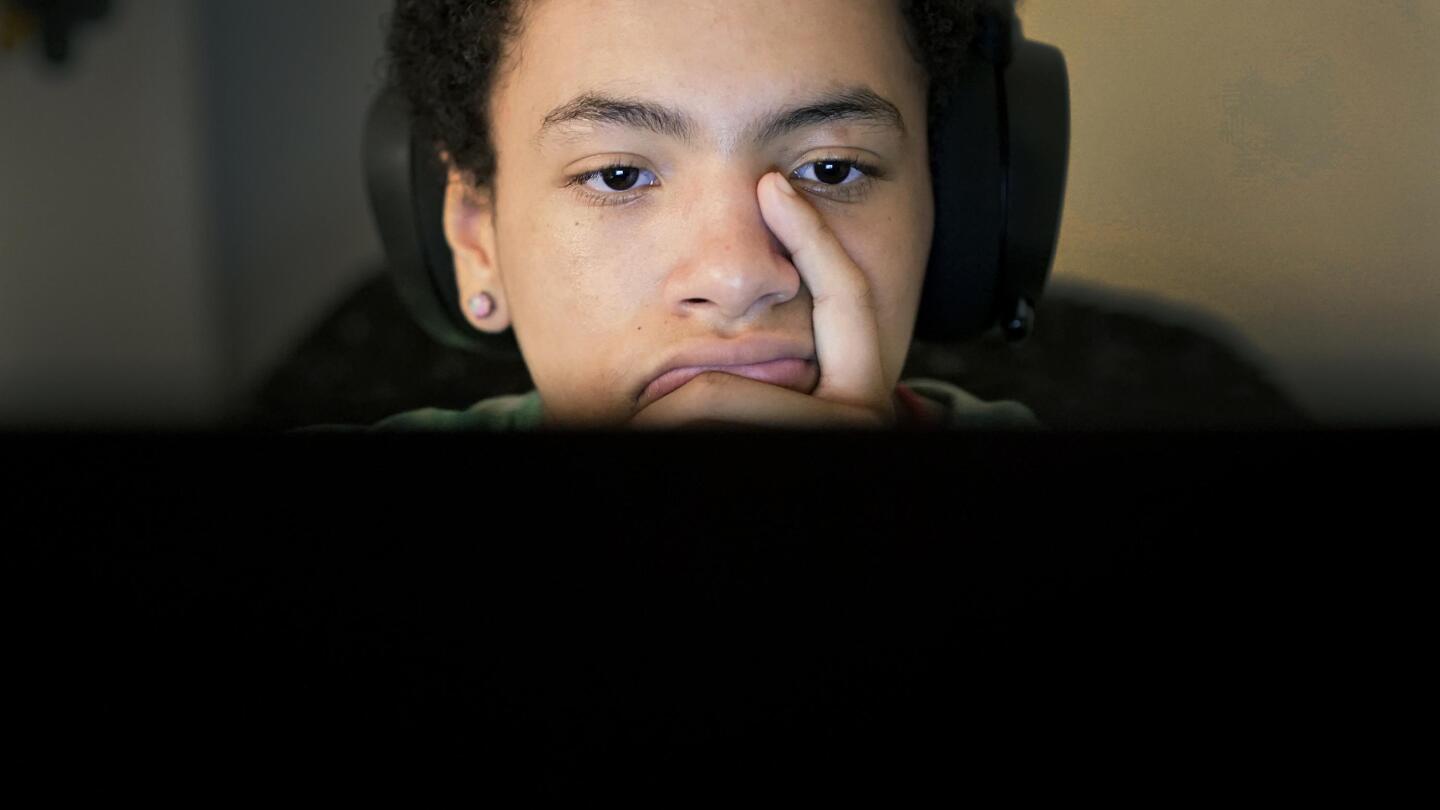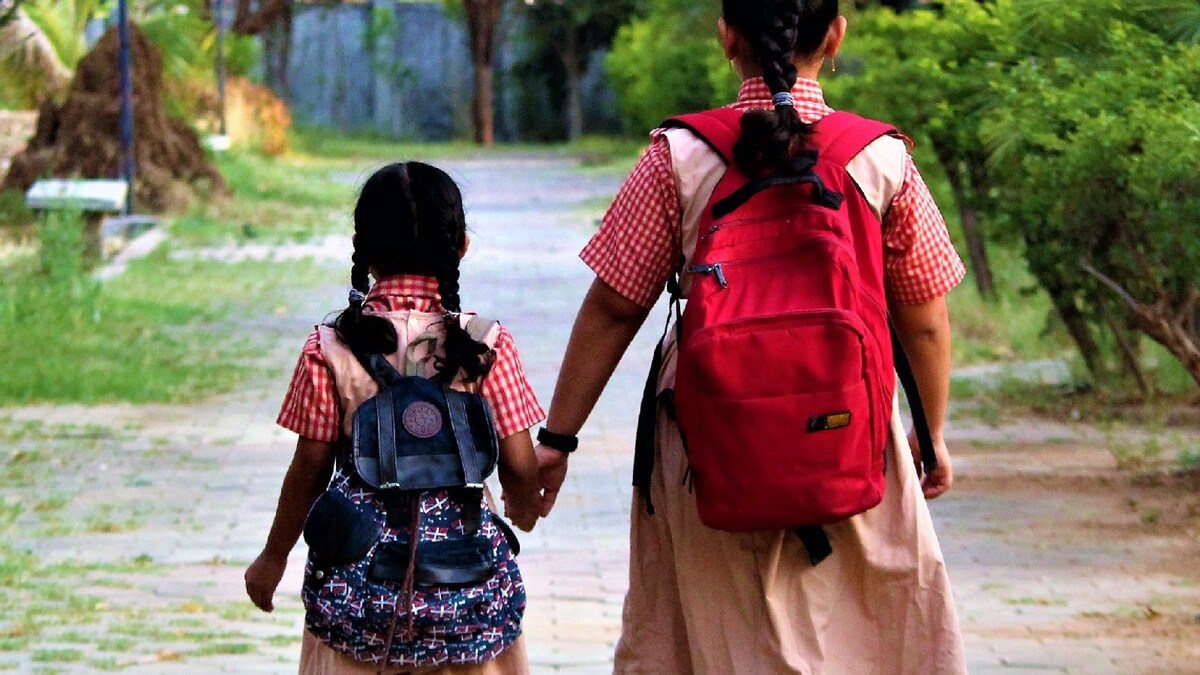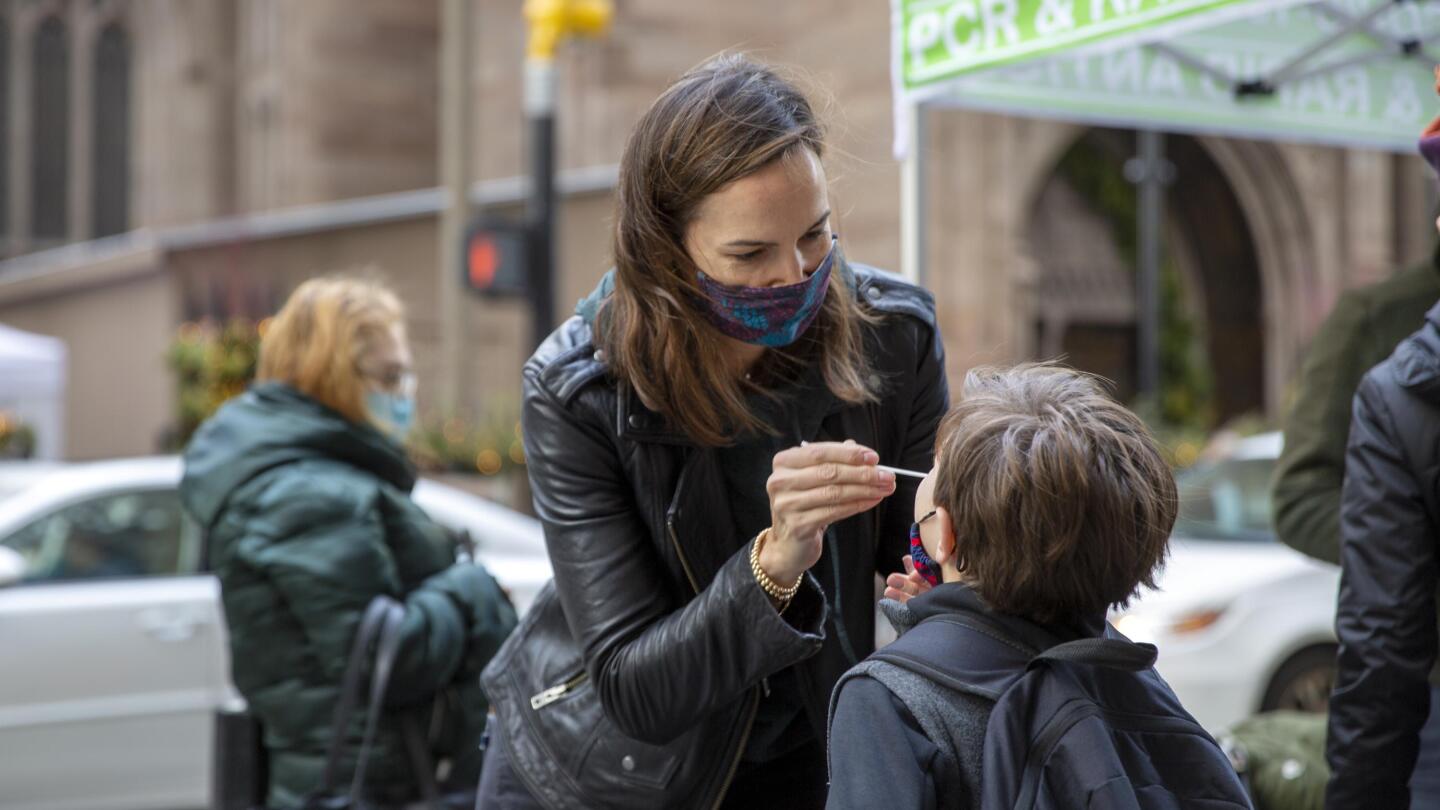
Hybrid Schooling May Be the Most Dangerous Option of All
WiredAs we head toward the start of the academic year, schools around the country are grappling with how to educate their students while keeping everybody safe. “The hybrid model is probably among the worst that we could be putting forward if our goal is to stop the virus getting into schools,” says William Hanage, an epidemiologist at Harvard’s T.H. “There’s a real chance a hybrid model could advance the spread of the virus.” In his view, it would be preferable to have 30 kids in a classroom, even if there weren’t sufficient space for 6-foot social distancing, than to switch off groups of half that size. With a hybrid model, many young children must also be in a third place with additional people, such as a grandparent, uncle, neighbor, nanny, or day-care provider.” By increasing everyone’s exposure from two places or groups to three, he says, the hybrid model is “the worst of both worlds.” He suggests a “hybrid-teacher” model, instead: The children stay in school full-time, while the most vulnerable teachers work permanently off-site, helping their colleagues to grade exams, prepare course material, or provide online tutoring for children who must be at home themselves. When I reached out to the New York State Department of Health for clarification on whether it was advisable for schools to exceed the distancing guidelines, even if that meant the difference between students being able to attend school full-time or not, I was told that “school districts can always do more.” The question is: more of what?
History of this topic
School managements, parents for hybrid model of teaching
The Hindu
CDC: Strong evidence in-person schooling can be done safely
Associated Press)
Is it safe for children to go back to schools in the midst of the Coronavirus pandemic?
FirstpostDiscover Related









































